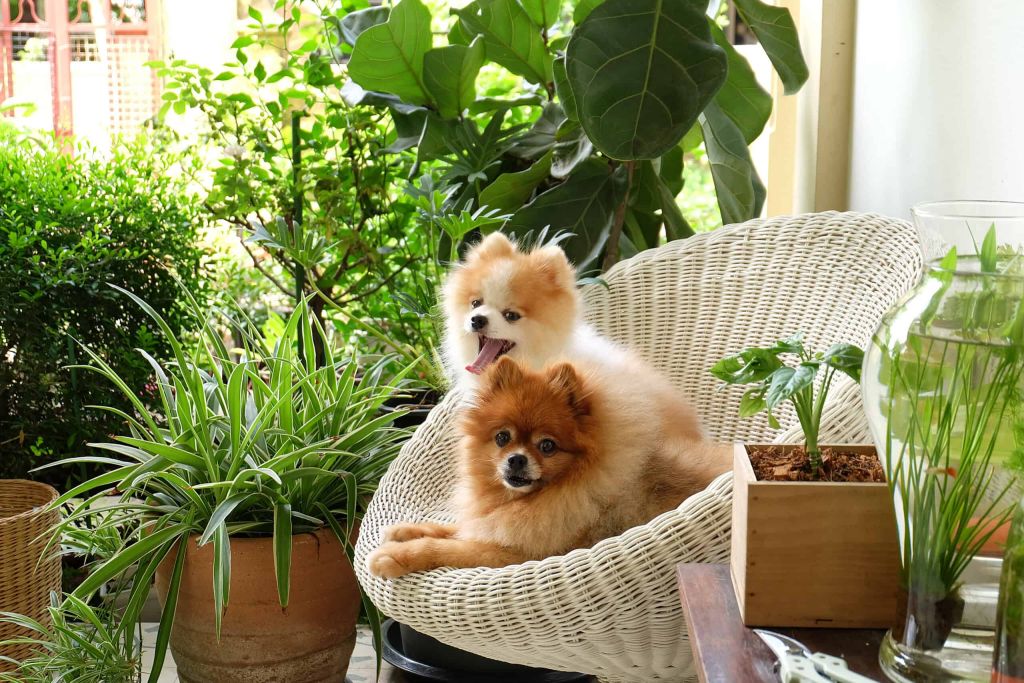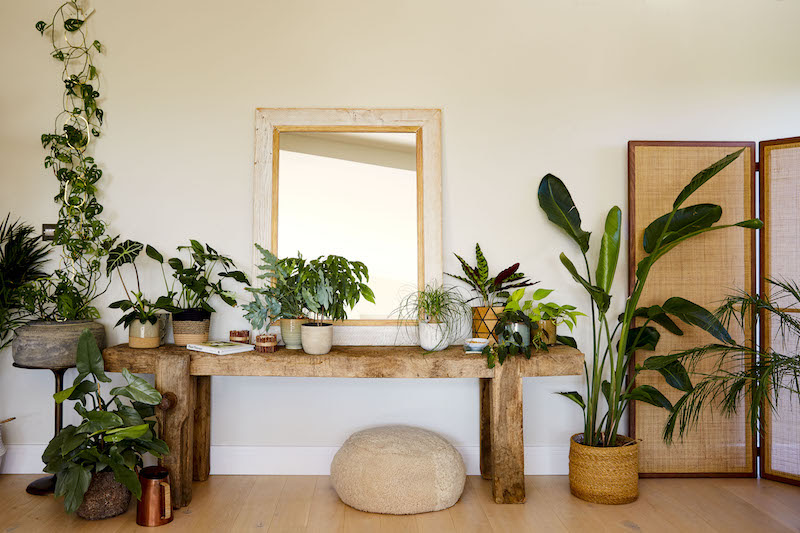Table Of Content

Vines can quickly become thin and diminished without water and sunlight. But if you are willing to put in the work, this pet-safe plant is an adorable addition to your indoor garden. Like Venus flytraps, pitcher plants should be planted in a potting mix especially suited for carnivorous plants and should not be fed with any supplemental fertilizer. Instead, provide your plants with bright, indirect light, only water with rain or distilled water and ensure your soil remains consistently moist, but not soggy.
Spider Plant (Chlorophytum)
It's fortunate that some of the prettiest, trendiest succulents are also safe for pet-owning plant lovers to keep around. Along with its relatives copper rose and painted lady, blue echeveria is non-toxic to dogs. These colorful, rosette-shaped desert plants add variety to any plant collection.
Bromeliad Flowers: When, How Often, & How Long They Bloom
A native of Brazil, rattle snake plants are valued for their highly patterned leaves that are said to resemble the scales on a rattlesnake. Though lovely, rattle snake plants are not well-suited to beginner gardeners as they require higher than average temperature and humidity levels. The African Violet, also known as Saintpaulia, is safe for cats and dogs, and famous for its pink and purple florets.
Cacti & Succulents

They are also able to do well in root-bound conditions which makes them a great low-maintenance choice for beginners. What’s more, they have beautiful colors and shapes, and they are completely pet-safe. Finding the right spot in your home for a Chinese money plant is key to its healthy growth. These deep green leafy beauties love the sun but will scorch if positioned in strong, direct sunlight.
Which plants are safe around pets?
Ten pet-safe plants for your home - Care.com
Ten pet-safe plants for your home.
Posted: Mon, 07 Aug 2023 07:00:00 GMT [source]
You can add the Maidenhair Fern, Staghorn Fern and Plumosa Fern to this list too. I love my spider plants… although my cats seem to love them too, good thing they’re non-toxic! I grow mine in a spot that’s out of reach of my cats (to protect the plants, not the cats).
BAMBOO PALM
Growing in a vining or trailing manner, velvet plants can be grown in hanging baskets or kept well-pruned for a more upright growth habit. A member of the daisy family, velvet plants will bloom small golden-orange flowers that contrast well against their dark foliage. Preferring bright, indirect light, plants will lose their purple coloration if kept in inadequate lighting, while bright, direct light can cause leaf scorching.
A shade lover, the fishbone cactus prefers just a few hours of indirect sunlight a day. Position it around 50cm to 1m away from a window in a hanging planter or position it on a shelf, where it can casually drape. Pot up using free-draining soil to prevent root rot and water only when the compost is completely dry.
Areca palm
But be careful – the smaller pots are easily knocked over and are best kept out of reach anyway. When you picture houseplant ferns in your mind, the Boston fern is likely the first one to pop up. Their classic full look with fluffy fronds that fall over the ends of the pots was a staple in the 1970s, back in fashion once again. This interesting plant has an equally interesting botanical name – Beaucarnea recurvata.
This non-toxic plant for dogs and cats is one of the easiest you can grow. Growing more spider plants from the babies the mother plant produces is also simple. Spider plant grows best in bright, indirect light, but it can tolerate low light, too. Let the soil dry between waterings, and your plant can grow up to 12 inches tall and 24 inches wide and produce multiple baby plants. If you share your home with pets, it’s important to make sure that all of your houseplants are safe for cats and dogs. Whether it’s mischief or curiosity, pets can be tempted to chew on plants indoors.
Aside from its beautiful appearance, the prayer plant is among the easiest houseplants to grow. It does best in medium or low light and if the soil dries out between waterings, that’s no problem. You only water it when the top inch of the soil is dry, and if you treat your parlor palm with love, it can grow up to eight feet in height. That’s bound to attract your furry friends, but fear not, it’s safe for cats and dogs.
Offering a trailing growth habit and glossy foliage, lipstick plants look particularly striking in hanging baskets where they can lend a pop of color to your window. Requiring monthly fertilizing and bright to medium filtered lighting, try increasing sunlight exposure to encourage flowering. Of course, for the sake of your plants and your pets, you’ll want to keep all houseplants out of the general reach of your pets. It can be pretty overwhelming walking into a garden center or home improvement store and seeing all the different options you have for houseplants. Some plants need more sun than others, thrive in more humid environments, or may even be toxic to your cat.
6 Pet-Friendly Holiday Houseplants to Celebrate the Season Safely - Better Homes & Gardens
6 Pet-Friendly Holiday Houseplants to Celebrate the Season Safely.
Posted: Sat, 21 Oct 2023 07:00:00 GMT [source]
To my surprise, there are several solid, pet-friendly options that don’t need a ton of attention to thrive. For those pet owners who like the idea of having a small tree inside their home, the parlor palm is just right. It’s pet-friendly and low-maintenance which makes it ideal for beginners. It also grows best in indirect light, but it can tolerate low light levels too.

Many common houseplants are toxic to pets and can cause serious health issues when ingested. Older pets may not be interested, but curious pups and kittens known to chew everything in their path won’t stop at a houseplant. Are you thinking of starting an indoor plant collection, but have pets in your home? Pets and plants can live together quite well if you've selected the proper plants.
Aside from the pet-safe houseplants you want to include in your home, there are some toxic houseplants you should avoid at all costs. Some of these are very popular houseplants, but if you choose to have them in your home, you need to make sure they are located someplace where your pets can’t get at them. Bromeliads are among the most popular houseplants given their strappy leaves and cone-shaped blooms. They are low maintenance and your window sill where they have access to bright light will do just fine. They do also like humidity, so misting them occasionally or putting them near the humidifier will work just fine.
Bright, indirect light will ensure your bromeliads will flower to their best ability, as will a thorough watering every one to two months. If your home is really dry, make sure you’re misting your plant often, or keep it near a humidifier. This breed of orchid native to Asia naturally does best in indirectly bright, warm, humid spots. It will typically bloom about once a year for up to three months, after which the flowers will die off, but the blooms will return next season.
For more information, the ASPCA has an extensive list of both indoor and outdoor plants to avoid if you have pets. All the species you'll see below are considered nontoxic to both cats and dogs by the ASPCA. The Boston Fern has different light requirements at different times of the year. During autumn and winter, it needs extra light and will benefit from at least a couple of hours of direct sunlight per day. At all times of the year, it will not tolerate full sun or total shade. It is a great option for a bathroom or kitchen plant as it loves high humidity.

No comments:
Post a Comment